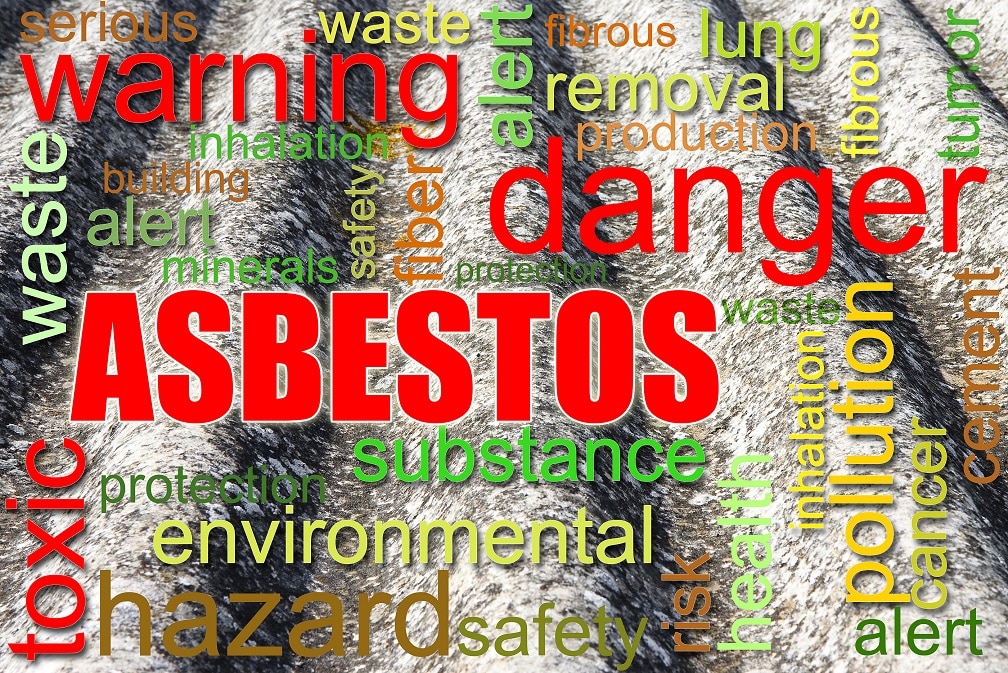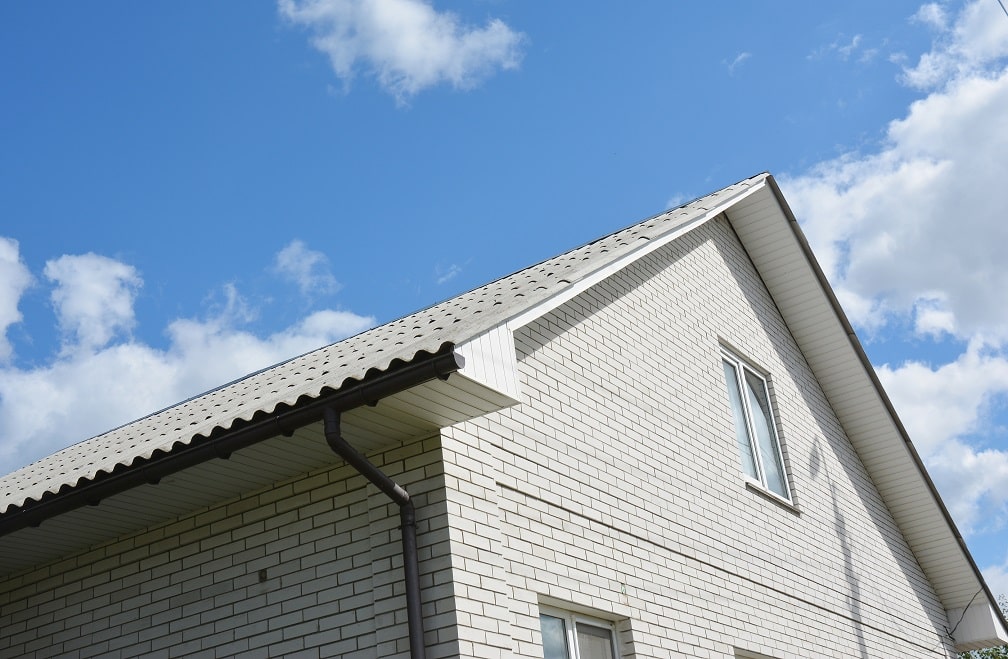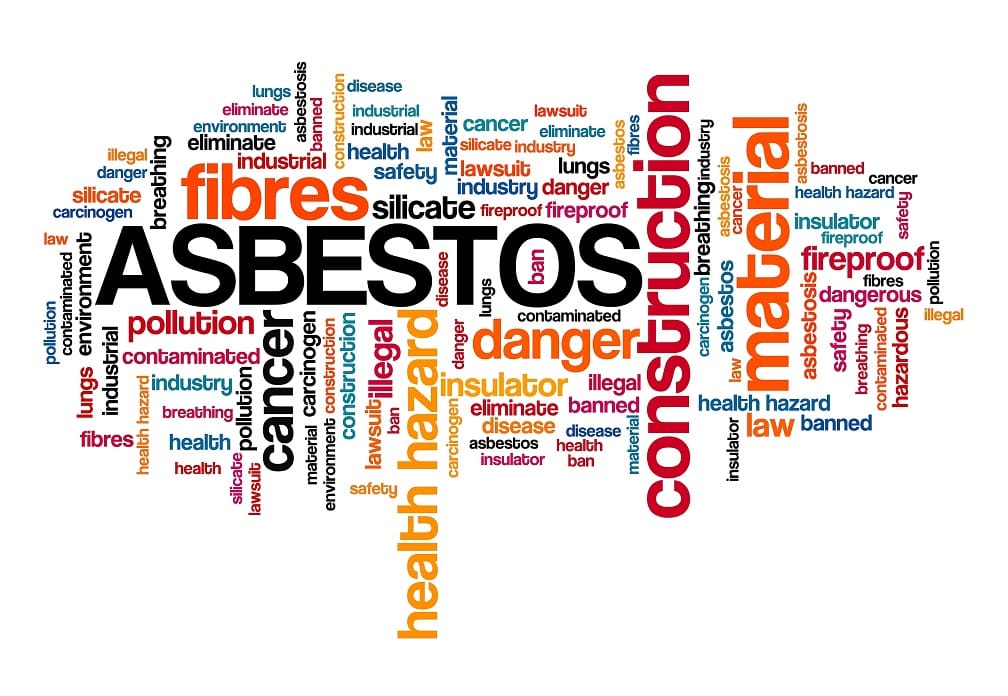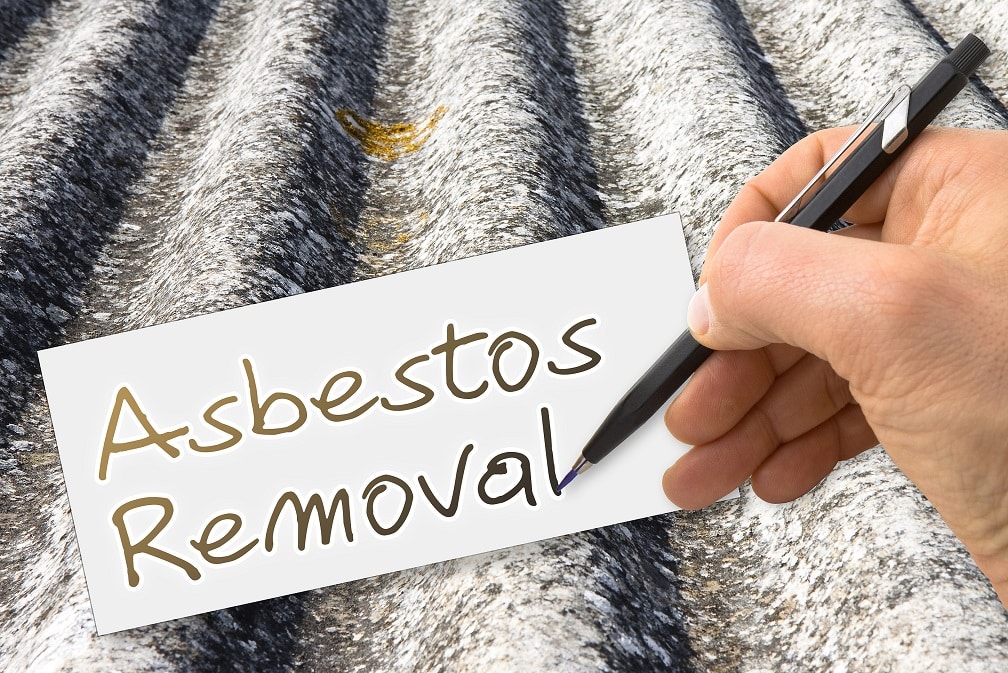In America, asbestos has been used commercially since the 1800s. The use of this naturally occurring mineral increased rapidly during World War II, and since then, asbestos has been used in many applications and industries. Although it was used widely during the 20th century, the popularity of asbestos declined after the 1970s, when the health hazards associated with asbestos dust were recognized. This public recognition of these risks hazards led to its prohibition in most countries.
Asbestos’s unique properties, including fireproofing, made it useful in many industries such as construction, automobile, power, chemical, and manufacturing. Asbestos was also used by the U.S. armed forces to prevent fires in the military. The workers’ protection was the primary intention of using asbestos, although many manufacturers working with asbestos knew that working with this mineral came with health risks. For example, between 1940 and 1979, about 27 million workers were exposed to asbestos.
Different Types of Asbestos
Asbestos’ resistance to heat, electricity, and chemicals made it an excellent insulating material for the ovens, electrical generators, turbines, steam engines, and boilers that powered the Industrial Revolution of the 18th century. The malleable properties of this material made it a good binding, strengthening, and building commodity.
The following six materials have been classified by the Asbestos Hazard Emergency Response Act (AHERA) as asbestos:
- Chrysotile (white asbestos)
- Amosite (brown asbestos)
- Crocidolite (blue asbestos)
- Anthophyllite
- Tremolite
- Actinolite
Chrysotile is the most widely used type. It comprises 90-95% of asbestos used in the U.S. buildings industry. It’s widely used in a broad range of fireproofing and insulation products because of its heat resistant properties. Chrysotile can even be woven into fabrics.
In 1986, the U.S. Environmental Protection Agency (EPA) was granted permission by the Asbestos Hazard Emergency Response Act (AHERA) to regulate these six main types of asbestos while 50 countries have since banned these types of asbestos completely.
Properties that Make Asbestos Attractive
- Inert
- Non-Flammable
- Non-Corrosive
- Low Thermal Transfer Rate
- Tensile Strength
- Lightweight
- Flexible
- Durable
- Readily Available
- Economical
Chrysotile is the most commonly used form of the mineral. It is used in drywall, plaster compounds, cement, pipe insulation, flooring tiles, industrial gaskets, fire barriers, and brake linings.
Early History and Usage
From the late 1800s, the global demand for asbestos-based products had reached very high levels. However, it was not until the late 1800s that commercial mining of asbestos began. For the next 100 years, millions of tons of asbestos ore were extracted, leading to the manufacturing of over 3,000 different asbestos-related products. The use of asbestos increased significantly during the Second World War when it was used widely in ships. Consequently, longshoremen, pipefitters, and other shipyard workers got heavily exposed to the asbestos.
In the 1960s, medical literature highlighted asbestos as an environmental hazard and major carcinogen. Notwithstanding this emerging knowledge, and the deaths resulting from inhaling the dust from asbestos products, these materials continued to be manufactured and sold without warning workers.
Mined extensively in countries like Brazil, Russia, China, and South Africa, asbestos is used worldwide in over 3000 products, and even woven into fabrics. Besides being used in cement, maritime, industrial, automotive, and building products, the material is also used in consumer items such as handheld driers and household appliances. In the U.S., the peak years were the 1960s and early 1970s, when these asbestos-containing products were in great demand.
EPA Ban in 1989 and Revocation in 1991
Health care professionals insist that asbestos in all its forms is carcinogenic, and there is no safe level of exposure. Because Chrysotile is the most widely used form of asbestos, it also accounts for most mesothelioma cases and other asbestos diseases such as asbestosis.
In 1989, the EPA announced the phase-out of asbestos in nearly all products across the U.S. In 1991, under pressure from the asbestos industry lobbyists, the U.S. Fifth Circuit Court of Appeals overturned the EPA’s ban as well as the phase-out of asbestos-containing products.
Consequently, while some regulations and legislation still ban the use of asbestos, in some products, you can still find the substance in dozens of products being manufactured today.
Health Risks from Asbestos Exposure
While some types may be more hazardous compared to others, all are hazardous. Leading health agencies such as the EPA, the Department of Health and Human Services, and the International Agency for Research on Cancer classify all forms of asbestos as cancer-causing substances.
Yet, despite these consistent health warnings, the mining and manufacturing of asbestos have not stopped. For over 100 years, asbestos has been used widely commercially. Globally, each year it is estimated that 125 million people get occupationally exposed to asbestos.
Production Trends in the U.S. and Globally
In 1929, mass production of asbestos-cement pipes in the U.S. began, which facilitated the widespread deployment of water supply and waste lines across the country. Soon after, the automobile industry started integrating asbestos into automobile brakes, clutch components, and engine gaskets.
Peak production of asbestos occurred in the mid-1970s globally when about 25 countries were known to be mining the material, and another 85 countries were making asbestos-containing products. In the U.S., fifteen states recorded production, with the largest production being witnessed in Vermont, Arizona, California, and North Carolina.
In 1973, domestic consumption amounted to approximately 719,000 metric tons in the US but by 2002, it had dropped to around 9,000 metric tons. Currently, asbestos is mostly used in roofing, gaskets, and friction products.
Conclusion
Available documents between the 1930s and 1940s show that manufacturers were not only aware of the severe health issues associated with asbestos but that many hid the information from the public and workers. Today, although the use of asbestos materials is restricted, it’s not entirely banned. Asbestos is still mined in countries like Italy, Canada, and Russia.
Besides, the buildings constructed using ACMs and products made with asbestos materials decades ago may still be putting people at the risk of exposure even today. Many that were exposed to asbestos are now just beginning to show the symptoms associated with asbestos exposure, such as mesothelioma.





